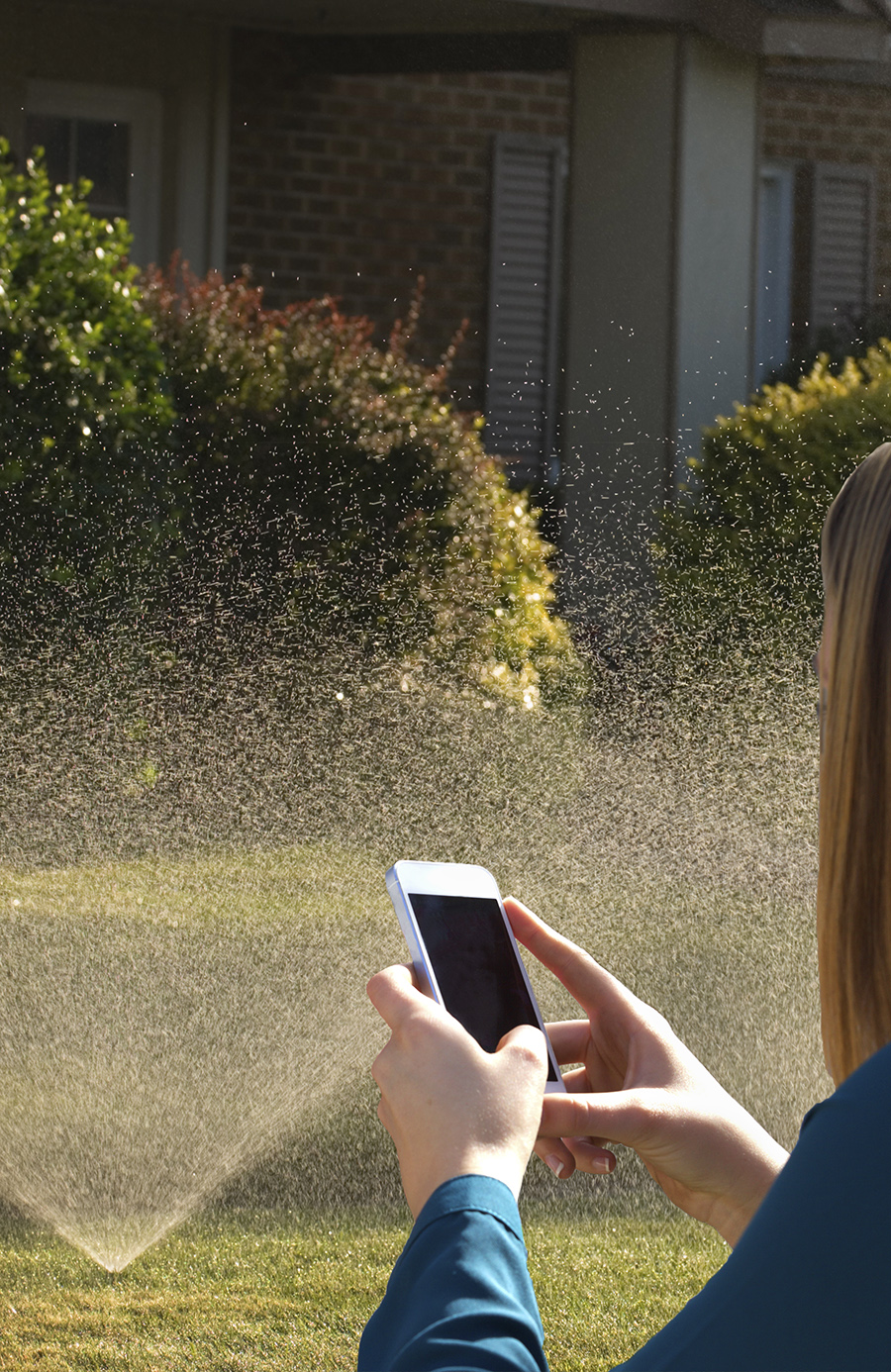It’s OK to embrace technology. But sometimes the smartest sprinkler controller is you.
In the world of irrigation, smart controllers are all the rage. While manufacturers rush to get WiFi-connected devices to market, programmers are busy coding the complex algorithms that make smart controllers so, well, smart.
Of course, in the current climate of drought that has settled across much of the country it should come as no surprise that any product that promises higher efficiency and water saving potential is going to be well received. After testing and recognizing this proven potential for water conservation, public utilities such as San Antonio Water System, are even offering coupons and rebates to make these devices more affordable to their customers.
But as with many technological devices, not all are created equal and understanding the nuances and limitations of these technologies can save you frustration, water, and even money.
Unlike smart phones or TVs, poorly programmed irrigation controllers can easily end up costing you hundreds or thousands of dollars. So, it’s important to understand how to program them and how the smart features will operate under current Stage 2 watering rules.

Some smart controllers offer an entirely automated “intelligent watering mode,” which is designed to take full control of your irrigation system and water on the days and times the controller’s algorithm deems most efficient. While this does have the potential to be an efficient way to water, it can also violate the current watering rules and result in a citation for watering outside your allocated time and day.
Additionally, in some of our in-house testing, we’ve encountered unusual phenomena in which intelligent watering on certain controllers can even overwater specific sections for no discernable reason. We’ve also learned the programming of smart and fixed schedules of some controllers can be very confusing, resulting in multiple schedules running concurrently and using excessive amounts of water.
This is why we recommend disabling intelligent watering modes in favor of a more traditional fixed watering schedule. This means programming a specific watering day (based on the last digit of your address) and start time, as well as specific run times for each zone to comply with Stage 2 watering rules.
Too complicated or confusing? SAWS offers free irrigation consultations to our customers.
By simply putting the control of your sprinkler system into the palm of your hand via your smart phone you have the potential to immediately be more in tune and aware of what their irrigation system is doing and when it is doing it. So, embrace the smart technology, but remember nothing is perfect and sometimes the smartest sprinkler controller is you.


